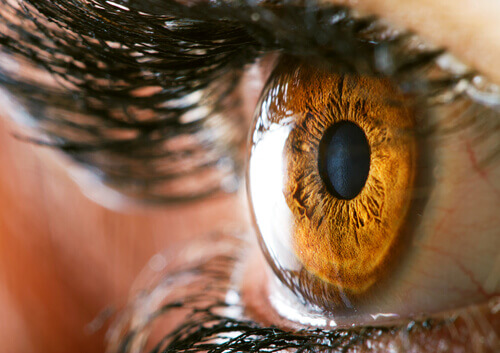
LASIK eye surgery has been performed on millions of Americans. Freedom from glasses and contacts provide people the ability to easily participate in a range of activities. Not everyone is a candidate for LASIK. For those who are candidates, deciding whether it’s for you should be a conclusion you come to based on firm evidence and, ideally, a conversation with your eye doctor. In fact, there are several LASIK eye surgery myths that are floating around and scaring people from making fact-based decisions about their vision.
Myth 1: There is a long recovery time
This is incorrect. LASIK, much like other routine eye procedures, only takes about ten minutes per eye. Patients can go home the same day of the procedure and visit their doctor 24 to 48 hours after the procedure to ensure the eyes are healing well. With obvious precautions taken to prevent the eye from sustaining trauma, people can return to their normal life and work within a few days. Like any surgery, there are chances of complication, but LASIK is a very safe procedure.
Myth 2: LASIK is very painful
This could not be further from the truth. To be fair, LASIK does sound scary. The operation is on your eyes, so naturally they are open throughout the procedure. But this does not mean you feel anything. Your doctor will administer numbing eye drops before the procedure, which means that aside from a little pressure, you will not feel anything during the operation. Of course, you may feel nervous before the procedure and find it difficult to relax. Doctors will normally give patients a mild sedative to help them feel more at ease.
Myth 3: I Will Go Blind
LASIK only deals with the surface level of the eye. Complications can happen. There is no surgery that is risk-free. That said, it is a safe procedure, complications very rarely occur, and no one has gone blind from LASIK eye surgery to date.
Myth 4: Issues Cannot Be Addressed After The Operation
In some cases, people may still be unsatisfied with the results of their laser eye surgery. In other cases, people undergo LASIK to solve one problem and then come back to address another eye issues. People may get LASIK to deal with nearsightedness and then returns to have their astigmatism addressed as well. It is not a one-shot deal and results can be corrected or improved.
Myth 5: Once I Get LASIK I Will Never Need Glasses or Contacts
While LASIK can correct refractive errors like astigmatism, nearsightedness, or farsightedness, it is not a solution for other conditions like presbyopia, which is an age related refractive error. As you age, you may need to wear glasses in certain instances, like when you are driving at night or reading.
Myth 6: You Can Only Get LASIK When You Are Young
This is untrue. There may be factors or preexisting conditions that make LASIK unsuitable for some candidates, but this is not tied to aging. A 20-year old may be an unsuitable candidate for LASIK simply based on their medical history while a 60-year old is perfectly fine for undergoing the procedure.
The best way to know whether LASIK is the best option for you is to visit an ophthalmologist and receive a professional consultation to get all the necessary information. One of our seasoned eye care professionals at Davidorf Eye Group in Greater Los Angeles would be happy to sit down and chat with you about your LASIK options.



